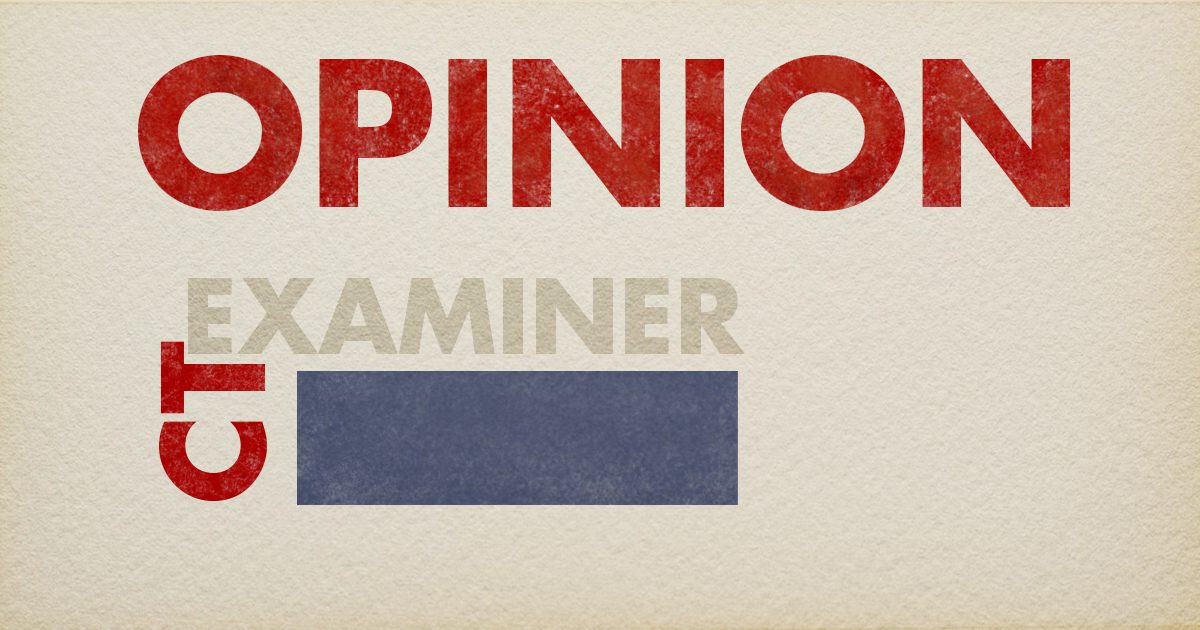To the Editor:
As a state we have many dilemmas. One of which for decades the State has underfunded the pension liability. Because of organized labor the State spends too much money and promises future spending significantly beyond what taxpayers are capable of paying for. A good example of this is the recent contract negotiated by the Lamont Administration. We are redistributing more tax dollars from those who pay taxes to unions with little in return. Cataclysmically, we are bound by the State Employees Bargaining Agent Coalition (SEBAC) agreement which written into the State Constitution protects State pensions and healthcare plans with minimal contribution for the employee. It also prevents layoffs through 2027. There is nothing more dangerous to the public than giving hired servants of the state the ability to dictate to government wages, hours, and conditions for which they will conduct essential services vital to the safety, welfare, and security of taxpayers. Worse, giving organized labor the ability politically to influence, legislative, executive, and judicial decisions. The result has been elected representatives sharing with union leaders the power to determine wages, benefits, working conditions, work rules, and productivity. We are a blue state where we allow individuals with direct ties to labor not only to run for elected office but to sit on or chair major committees that formulate labor policy which benefits organized labor. In return what we get for it are excessive taxes, more regulation, more fees, and fewer services.
As his previous predecessors John Rowland and Dannel Malloy did Governor Lamont has kicked the can down the road to get reelected. The latest contract agreement will increase wages 14% including $3,500 in bonuses and step increases. This is a four-year contract that gives public labor $1.9 billion on the backs of Connecticut taxpayers. Complicit in this is our State Legislature with direct ties to organized labor and/or who benefit through organized labor working their campaigns. This increase will only exasperate pension and healthcare costs in the future. As taxpayers we need to take a hard look at the power our Democratically controlled Legislature has given organized labor. What the taxpayer must understand is government unions weaken public finances and diminish government responsiveness and the quality of services to the public.
It is apparent Governor Lamont does not want to take on labor in favor of taxpayers. There is much he could do if he chose to. The easiest way this could be achieved is through business planning and technology. Fact! During my tenure at the Department of Labor we were able to reduce the workforce from 1,495 in 1995 to 945 by the year 2000. This was accomplished through a strategic planning process, technology, and attrition. We where not only able to reduce the workforce by 550 employees we operated at 300% more efficiency. 2. Much of what organized labor does can be done through privatization. 3, Push for term limits on the length of service for Legislators to limit union influence on policy. That would require a change to the State Constitution. 3. As labor is the largest lobbying group at the LOB, put restrictions on lobbying efforts. 4. At the local level municipalities could evoke a 1-3% annual growth cap on property taxes to limit local spending curtailing the power organized labor (AFSCME and the NEA) can exert for more public dollars. 5. Change existing laws so collected union dues be used exclusively for collective bargaining ending any support for political campaigns. The public at large must realize collective bargaining is not a civil or Constitutional right. Lastly, voting turnout in this state is dismal. Change will never happen unless you participate!
William Bellotti
Middlebury, CT
Bellotti served as Deputy Labor Commissioner under Gov. John Rowland

